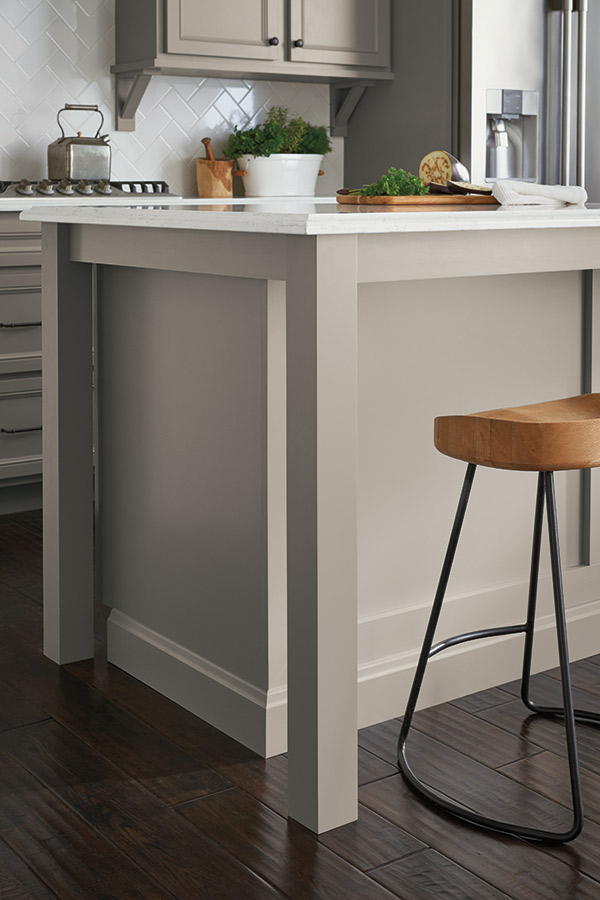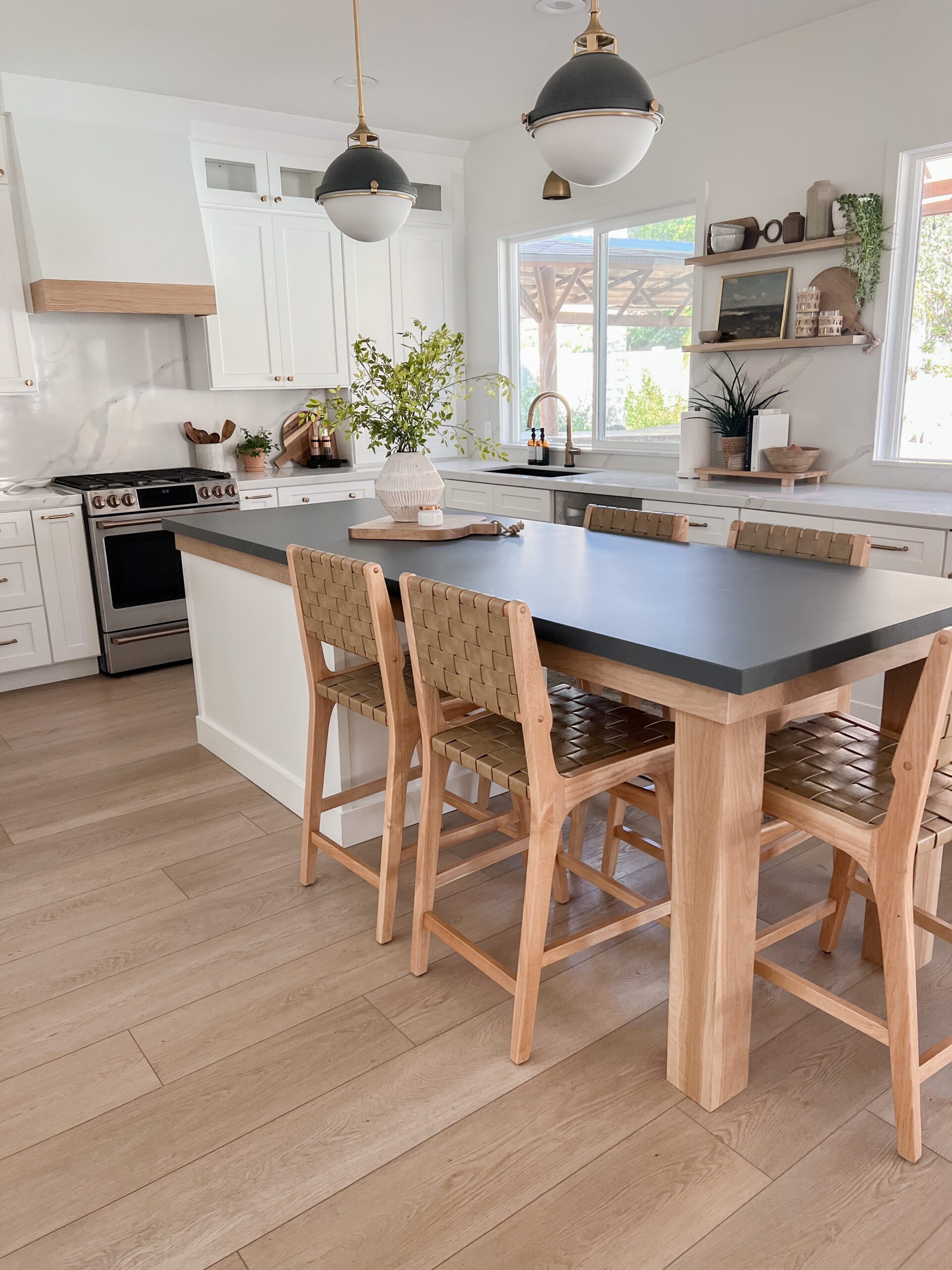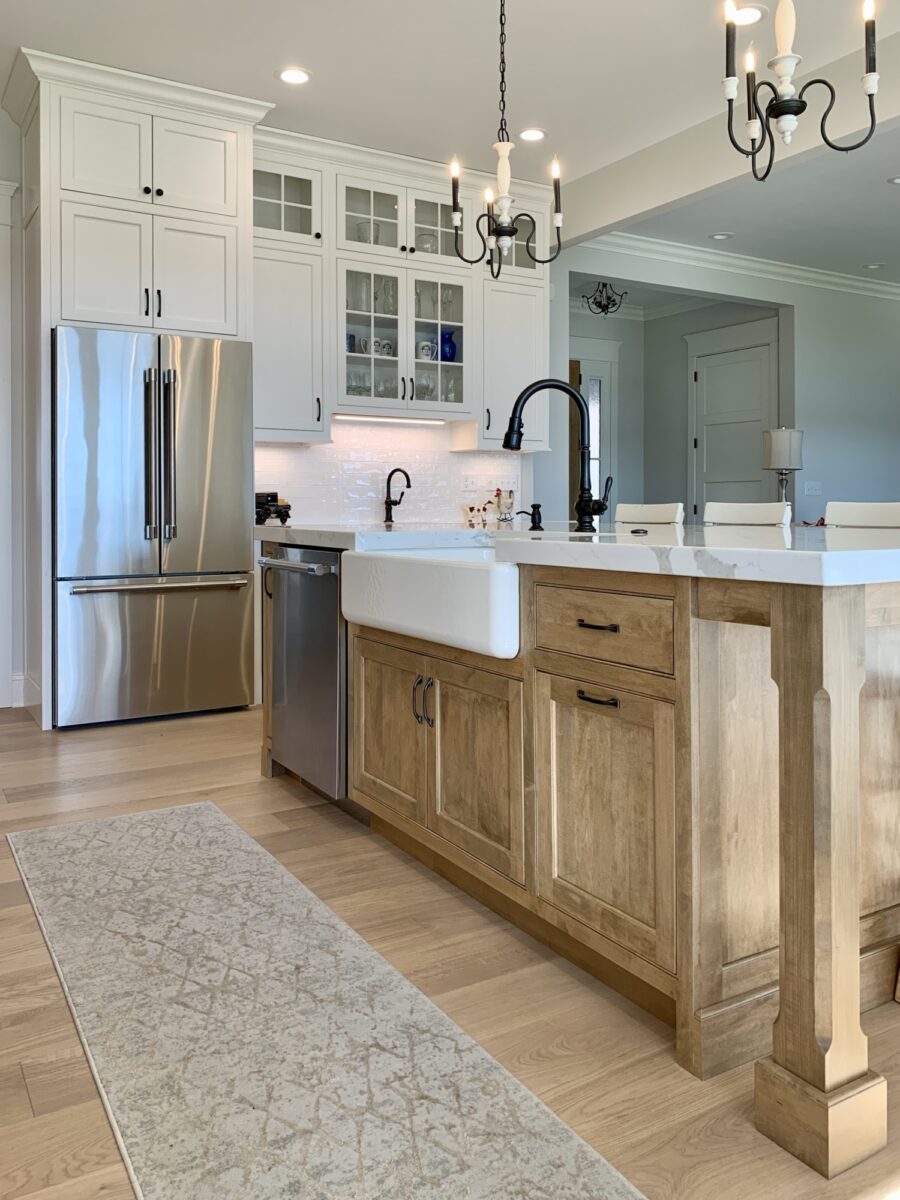Update Your Kitchen's Aesthetic with Premium Legs For Kitchen Island
Necessary Aspects to Take Into Consideration When Selecting Legs For Kitchen Island
Picking the ideal legs for a cooking area island involves a cautious evaluation of numerous factors that can considerably affect both performance and aesthetic allure. Amongst these, the selection of material plays a critical function in ensuring toughness, while the design should enhance the existing decoration. Considerations such as height and weight assistance are necessary for security and convenience. As we discover these components, it comes to be clear that each decision can have far-ranging ramifications for the total cooking area experience. What nuances should be considered in each of these groups to achieve the optimal balance?
Material Options
When choosing legs for a kitchen island, recognizing the numerous product choices is vital for achieving both visual appeal and architectural integrity (Legs For Kitchen Island). The choice of product dramatically affects not just the resilience of the island but also its overall design and performance
Timber is a popular option, offering warmth and adaptability. Strong woods, such as oak or maple, supply stamina and can be stained or painted to match the kitchen decoration. Metal legs, usually made from stainless-steel or wrought iron, add a contemporary and industrial feeling while ensuring longevity and security. These products are immune to put on and can support substantial weight, making them ideal for larger islands.
One more option is engineered products, like MDF or plywood, which can be much more economical while still providing an array of finishes. They may not supply the same degree of stability as solid timber or metal. Legs For Kitchen Island. Materials such as acrylic or glass can create a modern look, though they may need added support to ensure stability.
Ultimately, the choice of product for kitchen area island legs need to straighten with the preferred performance and the overall style of the kitchen.
Style and Style

When taking into consideration design, the form and finish of the legs are essential. Conical legs can offer a feeling of agility and elegance, while thicker, extra durable legs can share toughness and security. In addition, the finish-- be it painted, stained, or natural-- must match the cabinetry and kitchen counter materials to develop a unified look.
Additionally, the design of the legs can likewise mirror personal taste. Personalized or attractive legs, such as those including intricate makings or unique geometric shapes, can function as focal points, including character and character to the kitchen area. Ultimately, the right choice will not just improve capability however additionally raise the aesthetic charm, making the cooking area island a standout function of the home.
Height Considerations
Choosing the suitable height for kitchen island legs is important, as it directly affects both capability and convenience. The typical elevation for Clicking Here a cooking area island generally ranges from 36 to 42 inches, lining up with typical countertop heights. A 36-inch elevation is perfect for food prep work and cooking, permitting comfortable use of kitchen appliances and devices. Alternatively, a height of 42 inches is usually chosen for islands meant for bar seating, accommodating taller feceses and offering a laid-back eating experience.

It is also important to make up individuals' preferences and elevations. Tailoring the elevation can guarantee a comfy experience for all family members, making the cooking area island a more practical and satisfying area.
Weight Assistance
Making certain ample weight assistance for kitchen area island legs is crucial for both safety and performance. The kitchen island typically offers several purposes, including food prep work, dining, and extra storage space, necessitating a robust support structure. When choosing legs, it is essential to consider the general weight ability called for based upon the island's meant use and the products that will certainly be put on it.
The selection of product for the legs plays a significant duty in their weight-bearing capacities. Strong timber, metal, and heavy-duty compounds generally provide superior toughness compared to lighter products. In addition, the design of the legs-- whether they are right, tapered, or have a pedestal form-- can affect their ability to distribute weight successfully throughout the why not find out more structure.
Moreover, the leg positioning must be strategically intended to enhance security. Legs placed at the edges or with a wider base can much better sustain larger tons. Constantly get in touch with the producer's requirements regarding tons restrictions to guarantee that the legs can maintain the intended weight without jeopardizing safety and security. In recap, selecting cooking area island legs with appropriate weight support is necessary for producing a practical and secure culinary area.
Installation and Upkeep
Correct installation and maintenance of kitchen area island legs are critical for ensuring durability and security. To begin, it is important to comply with the producer's standards during installation. This frequently involves safeguarding the legs to the island base making use of ideal bolts, making sure that the legs are level and lined up. Using a degree tool can assist stop tottering and boost the total aesthetic appeal of the kitchen island.
Once mounted, regular upkeep is essential to protect the honesty and look of the legs - Legs For Kitchen Island. For wooden legs, periodic cleaning with a moist cloth and application of appropriate wood gloss can prevent wetness damages and keep their surface. Steel legs might need a gentle cleaning service to remove grease and grime, followed by a dry fabric to avoid corrosion development
Additionally, evaluate the legs on a regular basis for indicators of wear or damages, such as fractures or loosened joints. Tightening up screws or screws as required can additionally lengthen the life expectancy of the legs. By sticking to these installment and upkeep techniques, property owners can ensure that their kitchen area island stays sturdy and visually appealing for many years to come.
Verdict

Aesthetic comprehensibility is extremely important in picking the style and style of legs for a cooking area island, as these aspects substantially influence the general ambiance of the space. Tapered legs can offer a feeling of agility and style, while thicker, much more robust legs can share stamina and stability.Selecting the proper elevation for cooking area island legs is important, as it straight affects both capability and comfort. In recap, selecting kitchen area island legs with sufficient weight assistance is necessary for producing a risk-free and functional cooking area.
In conclusion, selecting legs for a kitchen look at this site island necessitates cautious consideration of various variables, consisting of product choices, style, elevation, weight support, and setup.